Choline chloride: disadvantages and risks in modern animal nutrition
Choline chloride: disadvantages and risks in modern animal nutrition
In the first part of this technical series, we explored the role of choline in animal nutrition, its natural forms, biochemical functions, bioavailability limitations, and how the use of choline chloride (CC), although used for decades as a standard source of supplementation, no longer meets the needs of modern, more efficient, and precise production.
In this second part, we delve into the practical, nutritional, and technological risks of choline chloride, a molecule whose presence can negatively impact animal health, feed quality, production costs, and nutrient stability.
Pure choline vs. chloride content: a key calculation
Choline chloride is commercially available in concentrations of 50–60% in powder form and 75% in liquid form. However, these percentages do not represent the pure choline content, but rather the choline chloride compound, which contains a considerable proportion of inorganic chloride.
Given the molecular weight of 139.63 g/mol for choline chloride and 35.45 g/mol for the chloride ion, it is estimated that approximately 25% of the product is not functional choline, but chloride.
This means that when calculating supplementation, this fraction must be discounted so as not to overestimate the actual amount of choline offered to animals.
Possible adulterations: a silent risk
The most common method of analysis to verify choline concentration is indirect, estimating its presence based on chloride content. Direct analysis, using HPLC, is more accurate but less accessible due to its cost and limited availability in laboratories.
This opens the door to adulteration: inexpensive ingredients with high chloride content, such as common salt or sodium chloride (NaCl), can be used to dilute the product without altering the results of indirect analysis.
The consequence: non-compliant products that appear to contain adequate levels of choline, compromising nutritional efficacy and creating a risk of technical fraud in the feed industry.
Excess chloride: metabolic implications
Chloride (Cl⁻), together with sodium (Na⁺) and potassium (K⁺), regulates the acid-base and osmotic balance of the animal organism. However, excess chloride can lead to metabolic disorders such as:
- Metabolic acidosis.
- Tibial dyschondroplasia.
- Ascites syndrome.
The presence of choline chloride, combined with other sources such as lysine-HCl and common salt, can lead to chloride overload. To compensate, nutritionists must make costly adjustments to formulas, such as replacing salt with sodium bicarbonate or adding potassium carbonate.
Studies such as Luo (1992) recommend a maximum limit of 0.4% total chloride in chicken diets, while Rostagno (2011) suggests even more conservative limits of 0.165%–0.2%.
A standard diet with 3 kg of salt, 1 kg of 60% CC, and 2 kg of lysine-HCl can reach 2.35 kg of chloride (0.235%), exceed recommended levels and increase the risk of metabolic imbalances.
Negative interaction with vitamins: loss of stability
Vitamins present in premixes are highly sensitive to environmental conditions (temperature, humidity, light) and interactions with other ingredients.
Choline chloride accelerates the degradation of fat-soluble vitamins, such as A, E, and K3:
- Whitehead (2002) reported a loss of activity of up to 38% in one month.
- Tavcar-Kalcher and Vengust (2007) found dramatic reductions of up to 91% in vitamin K3 after 12 months of storage in the presence of CC.
Although strategies such as vitamin overuse or encapsulation can partially mitigate these losses, they are often economically and logistically unfeasible, especially in large-scale production or with long storage times.
Hygroscopicity: a technological challenge
Choline chloride is highly hygroscopic, which means that it easily absorbs moisture from the environment. This causes:
- Clumping.
- Compaction in the container.
- Adhesion to mixers.
- Loss of fluidity in premixes.
- Cross-contamination between batches.
- Greater difficulty in cleaning and maintaining equipment.
Many factories, to counteract these effects, increase the proportion of inert diluents, which increases the volume of the product and its logistics costs (storage, freight, taxes), reducing its competitiveness without adding nutritional value.
Industrial and operational impacts
Beyond nutrition, CC directly affects the operational efficiency of feed mills. Its characteristic odor (associated with trimethylamine), adhesion to equipment, and potential long-term corrosive effect complicate industrial processes and increase maintenance costs.
In modern production systems, where precision, efficiency, and traceability are required, these challenges make the use of choline chloride increasingly less viable.
make the use of choline chloride increasingly less viable in high-efficiency, modern production systems.
Conclusion: which path to follow?
Despite having been the standard source of choline for decades, choline chloride has significant technical, nutritional, and operational limitations that can no longer be ignored in modern animal nutrition.
From vitamin loss and chloride overload to its potential for adulteration and its impact on industrial efficiency, the risks clearly outweigh the benefits when safer and more efficient alternatives exist.
This article is part of Nuproxa’s technical series, designed to help industry professionals make informed and strategic decisions.
In the next article, we will continue this series with a focus on practical and effective solutions:
Polyherbal products: an effective and safe alternative to choline chloride.
Join us in this technical conversation about the future of animal nutrition.
See you soon!
Read more at
Nuproxa's Blog
FAMI-QS: a commitment to quality that unites Nuproxa Switzerland and its affiliates in Latin America
By Ana Paula Barp Brandt, Quality Director of the Nuproxa Group During Nuproxa Quality Week, we cele...
+Combined and natural strategies to reduce the risk of coccidiosis in poultry
In the previous content, we addressed important factors about coccidiosis, ...
+Guide to understanding animal stress and its impact on poultry and swine production
Animal stress is a critical factor that directly influences performance and production in poultry an...
+Guide to the prevention and treatment of coccidiosis in poultry: part 1
Coccidiosis occurs in poultry that are infected by ingesting sporulated oocysts from different speci...
+Read more at
Nuproxa's Blog
FAMI-QS: a commitment to quality that unites Nuproxa Switzerland and its affiliates in Latin America
By Ana Paula Barp Brandt, Quality Director of the Nuproxa Group During Nuproxa Quality Week, we cele...
+Combined and natural strategies to reduce the risk of coccidiosis in poultry
In the previous content, we addressed important factors about coccidiosis, ...
+Guide to understanding animal stress and its impact on poultry and swine production
Animal stress is a critical factor that directly influences performance and production in poultry an...
+Guide to the prevention and treatment of coccidiosis in poultry: part 1
Coccidiosis occurs in poultry that are infected by ingesting sporulated oocysts from different speci...
+Why reconsider the use of choline chloride in animal nutrition?
In this technical guide developed by Nuproxa, we explore lesser-discussed aspects of choline chlorid...
+Do you still use choline chloride in your production?
Discover a solution capable of transforming your results! The natural revolution to increase animal ...
+Natural Polyherbal Sources for Supplementing Vitamin e in Animal Nutrition
Nearly 100 years after its discovery in 1922, is practically consensual that supplementing with Vita...
+Improving production efficiency by controlling protozoa via herbal blend
The continuous improvement of production efficiency in industrial poultry farming still remains an e...
+Importance of the use of liver protectors in the production output of broilers
The liver is the organ performing the largest number of vital functions indispensable for the animal
+Importance of the use of liver protectors in the production output of broilers
The liver is the organ performing the largest number of vital functions indispensable for the animal...
+Dorsal fat reduction in pigs: nature has the solution
Pig farming is constantly changing. Since its technification in the 1970s, new knowledge and technol...
+Efficient solutions and better results
Pig farming is constantly changing. Since its technification in the 1970s, new knowledge and technol...
+Natural Polyherbal Sources for Supplementing Vitamin e in Animal Nutrition
Nearly 100 years after its discovery in 1922, is practically consensual that supplementing with Vita...
+Herbal formula, source of choline and it’s effect on the apparent metabolisable energy of broiler chicken’s diets
In relation to the effect of different sources of choline on the chicken’s performance, papers wri...
+

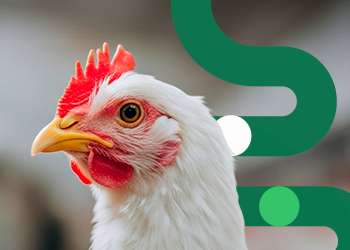

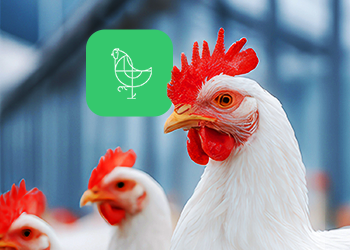
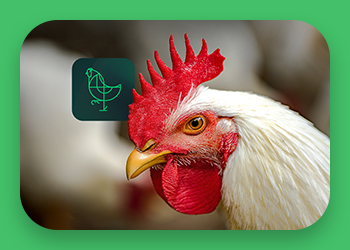
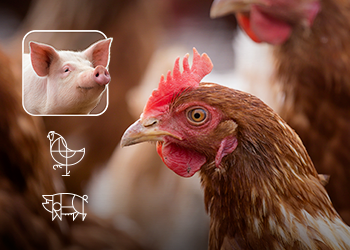
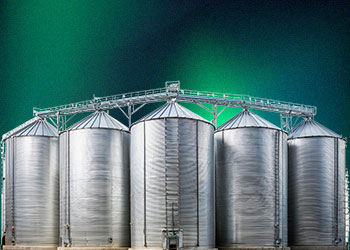
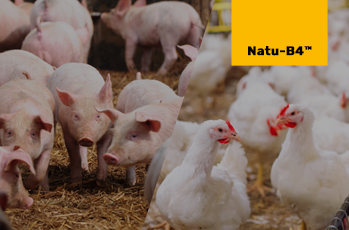
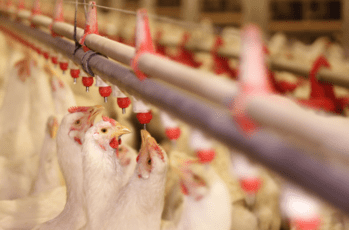
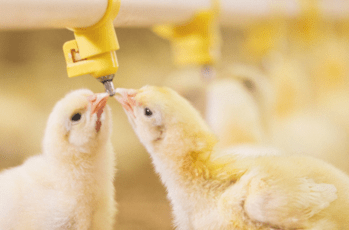
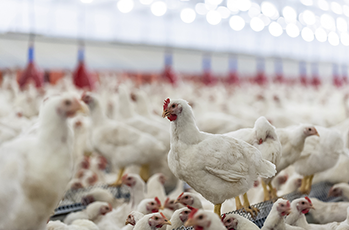
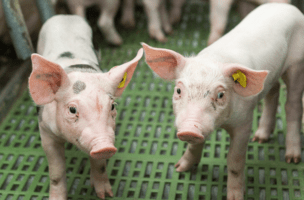
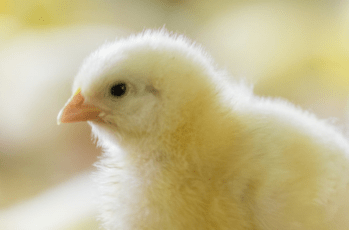
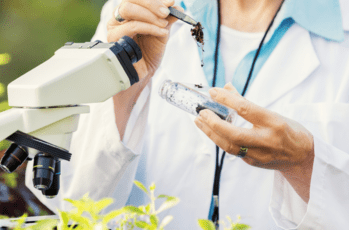
receive our newsletters.